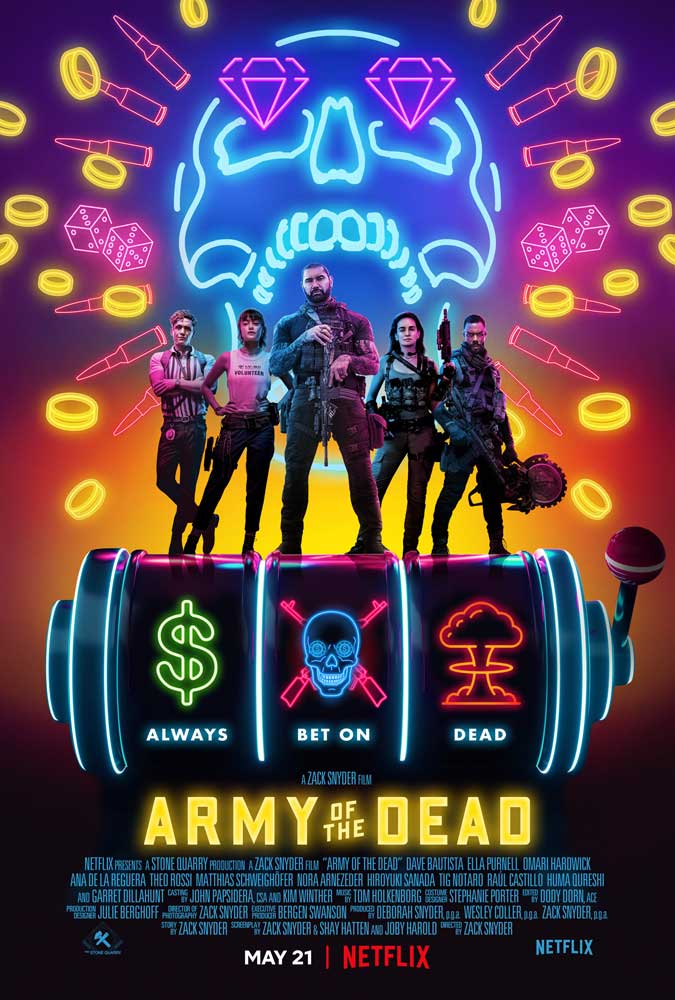

There are definitely a lot of the Fallout-universe zombie analogues to fight, but that in itself does not make Fallout 4 a zombie game. In fact, even the mission that introduces you to the Brotherhood’s recon outpost involves rescuing the recon team from a town swarming with Feral Ghouls, before they send you off retrieving technology from – you guessed it – other Ghoul-infested locales. Brotherhood of Steel need you to fetch some technology? The area’s lousy with them. The Minutemen need a location clearing for a new settlement? It’s filled with Ferals. You stumble across an interesting building, tunnel or bunker? It’s got Feral Ghouls in it. Take a moment to stop and think about just how many encounters you’ve had in Fallout 4 involving Feral Ghouls.


Like any zombie franchise there are human antagonists in Fallout 4, and there are of course far more dangerous enemies – hearing (but being unable to locate) the telltale beep of a Super Mutant Suicider, or getting locked in a creepy abandoned church with an angry Deathclaw both come to mind – but the reason Fallout is actually a great zombie game is that the Commonwealth is completely overrun with Fallout’s very own version of the fast zombie: Feral Ghouls. Stepping out of that vault for the first time feels like Cillian Murphy’s character stumbling from the hospital in 28 Days Later. In Fallout 4 however, Bethesda eschewed cheap colour-washing gimmicks and overly-empty environments for that distinctive “lived-in” feel, instantly familiar to fans of The Walking Dead and George A. Fallout: New Vegas on the other hand, which sees the player forever in the middle of warring factions of raiders and tribals in a dust-swept Mojave desert setting (with burnished orange hues replacing the mouldy green tint) has a distinctly Wild West feel about it. In Fallout 3’s Capital Wasteland the Enclave are chief antagonists, but it’s the hordes of rampaging Super Mutants – combined with the game’s distressed green visage and penchant for forcing you to travel down terrifying subway tunnels – that paint the experience as a bleak struggle of humans against monsters, somewhere between Gears of War and Metro: 2033. The locales and world-building are of course important, but it is the prevalence of certain types of enemy – along with a few simpatico design choices – that really sets the tone. The setting of any game in the Fallout universe, particularly since it transitioned to first-person, making the switch from CRPG to immersive action game, has been key to its success.


 0 kommentar(er)
0 kommentar(er)
